Table of Contents
Connected experiences in Microsoft 365
Microsoft 365 has a number of helpful features that are backed by cloud-based services, which we call connected experiences, that provide essential functionality for those features. These include:
- Experiences that analyze your content: These are experiences that use your Microsoft 365 content to provide design recommendations, editing suggestions, data insights, and similar features.
- Experiences that download online content: These are experiences that allow you to search and download online content including templates, images, 3D models, Microsoft 365 help, videos, and reference materials to enhance your documents. Excel’s rich data types or Outlook’s weather info are examples of these kinds of experiences.
Controlling these experiences
Microsoft 365 includes these connected experiences. If you’d like to turn these experiences off, go to any Microsoft 365 application – such as Word, Excel, or PowerPoint – and go to File > Account > Manage Settings (In Outlook it’s under Office Account). There you can disable or enable, either category (or both).
If you’re signed in with a Microsoft account, open an Office app, such as Word, and go to File > Account > Account Privacy > Manage Settings.
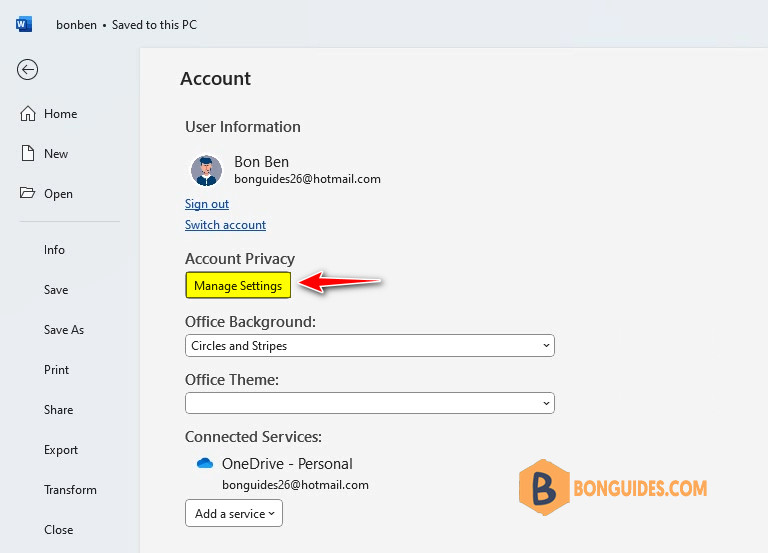
Under the Connected experiences section, you can choose whether certain types of connected experiences, such as experiences that analyze your content, are available to use. If you don’t go to Manage Settings, all connected experiences will be available to you.
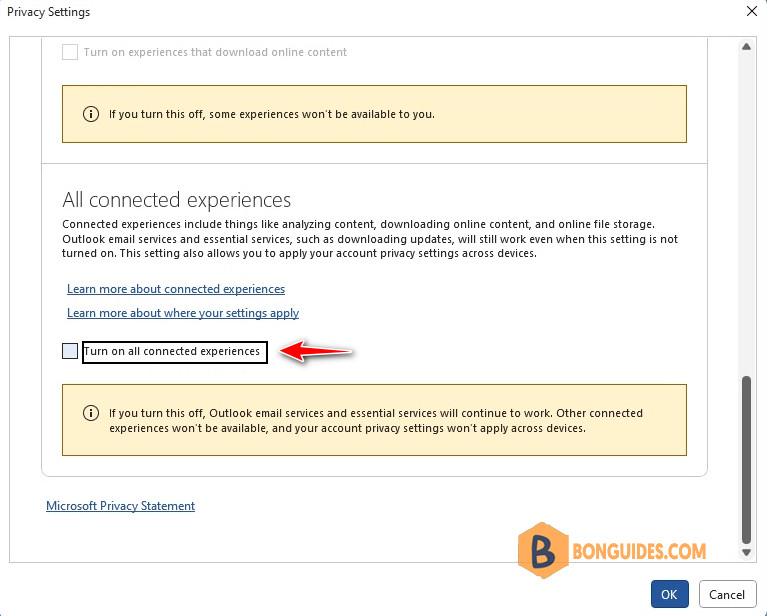
If you’re signed in with a work or school account, the admin in your organization will decide whether these connected experiences are available to you. You won’t see any choices for these connected experiences if you go to File > Account > Account Privacy > Manage Settings.
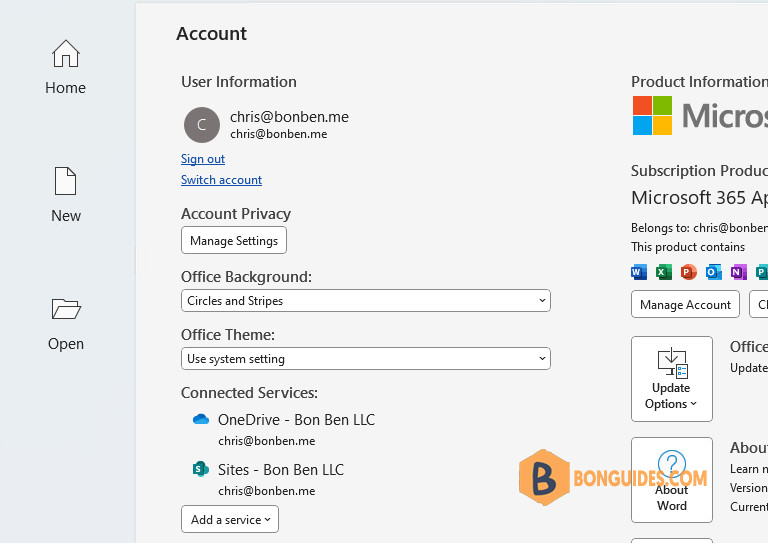
If you’re the admin for your organization, you can use policy settings to determine whether these connected experiences are available to your users. If you don’t use these policy settings, all connected experiences will be available for your users.
Policy settings for connected experiences
There’re several ways to control connected experiences for Microsoft 365 Apps:
- Using Group Policy or Cloud Policy.
- Control privacy settings by editing the registry.
Some admins prefer to change settings directly in the registry, for example by using a script, instead of by using Group Policy or Cloud Policy. You can use the following information to configure privacy settings directly in the registry.
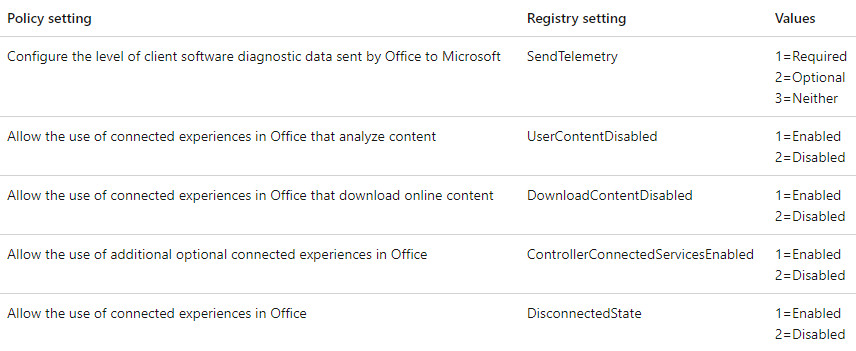
To create a .reg file for the privacy settings, open Notepad and copy in the following lines. Adjust the values to suit your needs, and then save the file. Be sure the file name has an extension of .reg.
Windows Registry Editor Version 5.00
[HKEY_CURRENT_USER\Software\Policies\Microsoft\office\16.0\common\privacy]
"disconnectedstate"=dword:00000001
"usercontentdisabled"=dword:00000001
"downloadcontentdisabled"=dword:00000001
"controllerconnectedservicesenabled"=dword:00000001
[HKEY_CURRENT_USER\Software\Policies\Microsoft\office\common\clienttelemetry]
"sendtelemetry"=dword:00000002For example, you can use this reg file with the regedit.exe command in a script to configure privacy settings for the user.
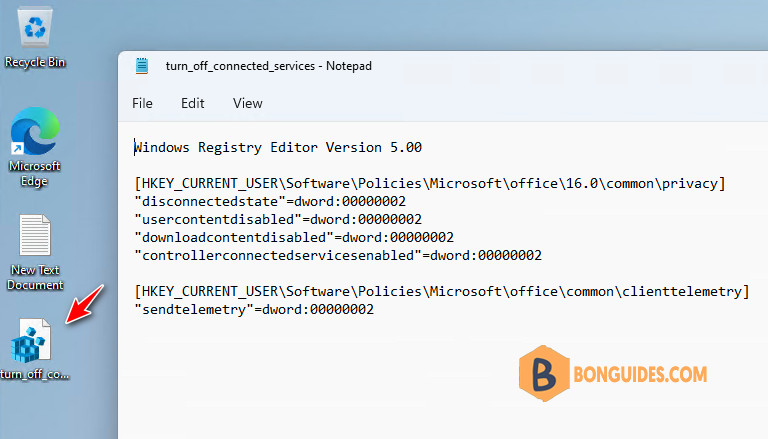
As you can seem the connected services are removed from the Office apps.
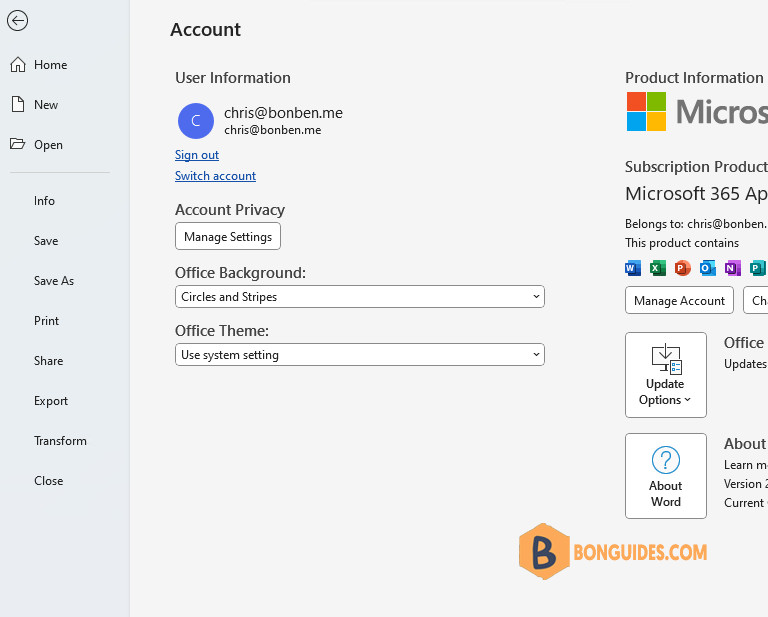






Hi bonguides.com ,
What if you had a free CRM that could automate your entire business? With AI-powered tools, you’ll be able to:
Streamline operations, from lead generation to customer support.
Manage all communications (emails, texts, and calls) effortlessly.
Use smart automations to save time and boost productivity.
No strings attached—just a CRM that works as hard as you do. Start automating here: https://freecrm.bizleadtarget.com/get
Best,
Eduardo